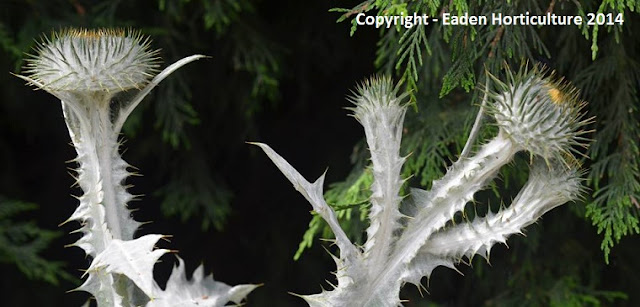 |
| Inside the Chand Baori stepwell |
The Chand Baori stepwell is a stunning example of Indian architecture and is one of the oldest and most ornamental sites of interest in Rajasthan. Built within the village of Abhaneri (originally named Abha Nagri meaning 'City of Brightness'), the Chand Baori stepwell was constructed in AD 800 and at approximately 30 metres deep it is both one of the largest as well as one of the deepest stepwells in the whole of India.
 |
| The pavilion of the Chand Baori stepwell |
The state of Rajasthan is the largest in India and is well known for its arid and infertile climate, particularly in the region of Abha Nagri. To conserve as much water as possible the Baori (meaning well) was built by King Chanda (hence the name of the well) of the Nikumbh dynasty between 800 CE and 900 CE. The stepwell is located opposite Harshat Mata Temple and was indeed dedicated to Harshat Mata, Goddess of Joy and Happiness upon its completion.
Chand Baori consists of 3,500 narrow steps over 13 stories, and at the base of the well, the air remains a consistent 5-6 degrees cooler than that of the surface. As you would expect the Chand Baori stepwell was used as a community gathering place for locals during periods of intense heat.
 |
| Chand Baori stepwell corridor |
It is square on plan with the entrance facing north. On three sides the well has double flights of steps, while the northern side consists of a multi-storeyed corridor supported on pillars and projecting balconies which enshrine some gorgeous images of Mahishasurmardini (a buffalo demon in Hindu mythology) and Ganesha (the elephant god). The pavilion and resting room were built for use by royalty only. The surrounding cloisters and entrance pavilion were later editions.
Sadly, today there is no evidence of the old city surrounding the Chand Baori well, only beggars, street traders and stray dogs line the ancient street. This means the site is out of context to its former glory and literally appears to be in the middle of nowhere. The being said, it is a truly beautiful site and well worth making a detour from you journey.
 |
| Artifacts from the Chand Baori stepwell |
For those who are interested in such things, Chand Baori is also a popular film location. So you can revisit the stepwell in the Best Exotic Marigold Hotel, The Fall and The Dark Knight Rises amongst others.




























